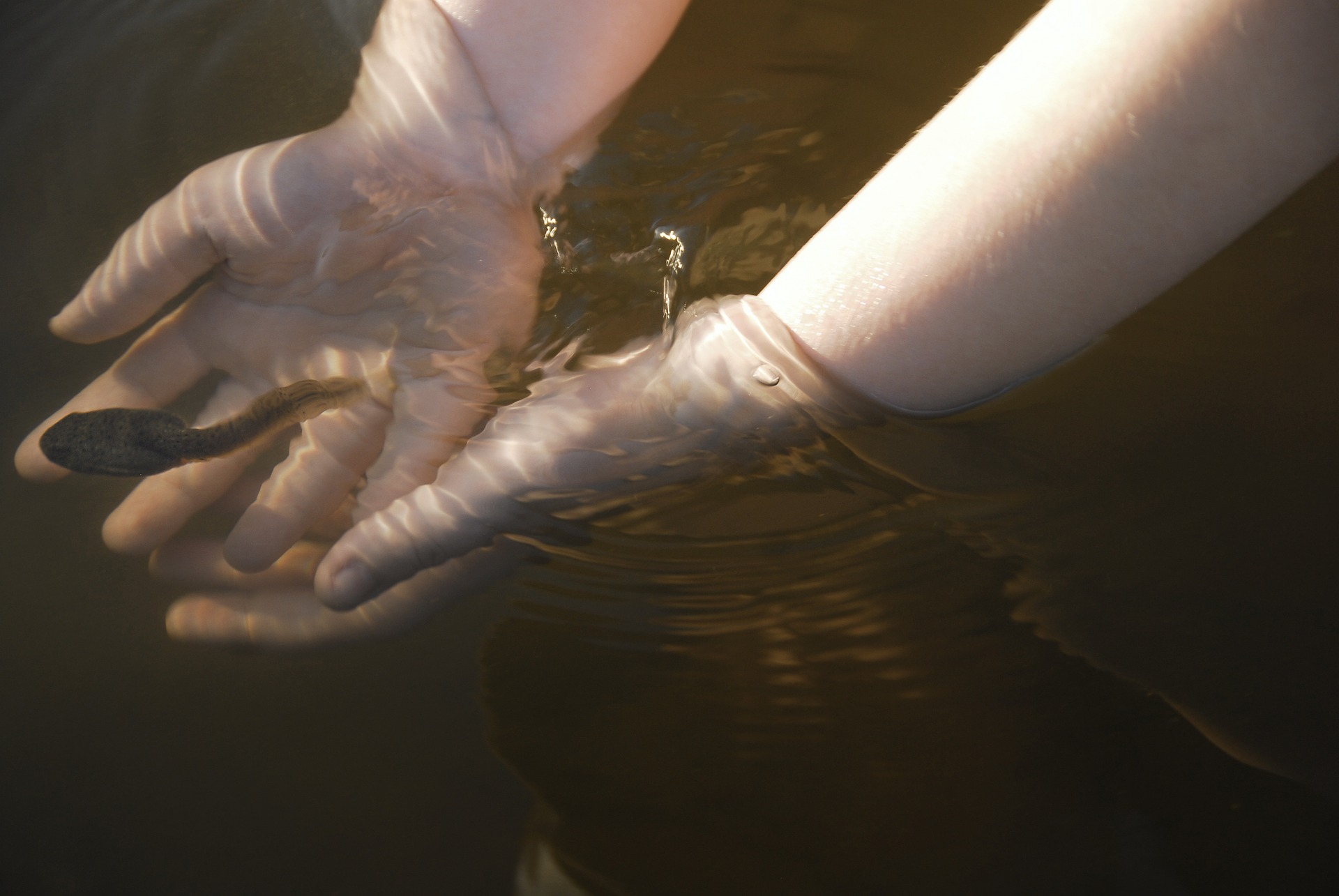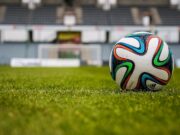If a new-born child began exploring our planet, let alone the entire universe, from the moment they left their mothers’ wombs, they would not have nearly as much time they would need to do it exhaustively. This is due to the fact that there is not enough time to match the limitless occurrences being witnessed throughout the universe. Scientists and adventurous enthusiasts hailing from all over the world have endeavored to explore some of the most intriguing fields. They have picked up some remarkably interesting discoveries along the way. While some of these discoveries may have some scientific backing, they have continued to intrigue our general understanding of how things work. Here are a couple of jaw-dropping discoveries that might shock you:
1. Skin crawling lumps

There is a pretty good chance that the last time you looked into a mirror and spotted an eye lump, you didn’t quite think much of it. Well, you might want to take a second look the next time this happens. An eye lump could very well be a manifestation of a thread-like worm called the Dirofilaria repens. This was the case in Russia when doctors dug out a thread-like worm from a woman who noticed an eye lump and opted for medical consultations when she realized that the eye lump had somehow travelled to her lip. Considering they are commonly spread through mosquito bites, taking necessary precautions to ensure a mosquito does not bite you would be the first way of preventing a potentially nasty encounter with them.
2. Goliath the tadpole

Tadpoles are typically diminutive in physical stature. Also referred to as pollywogs, they are a consequence of the intricate and methodical development of amphibians. Ordinarily, we would be talking about tadpoles within the life-cycle context of a bullfrog in which they come in as larvae. Still, thanks to a group of volunteers in Arizona on a mission to manage an invasive bullfrog species, we were introduced to a tadpole deserving of special attention. As herpetologist Earyn McGee went on to label this particular aquatic creature as a Goliath, different theories came up in intrigued attempts to explain the abnormally large size of the tadpole discovered by volunteers while on their expedition. The tadpole being larger than the actual bullfrog goes to show how much of nature’s power remains to be marveled at.
3. The Scutoid

For a long time, geometrical shapes have remained constant and have provided a lot of basis for the development of different solutions relied upon in today’s world. Deriving its naming inspiration from a beetle’s thorax, the Scutoid is a newly discovered shape with a highlighting appearance resembling some 3D crystal. While it is a newly discovered shape, the Scutoid has some noticeable presence in nature, as is evident with the epithelial cells across the surface of animals’ bodies. With the Scutoid, the world of geometry has its newest shape.
4. A lethal dog’s lick

If you are a dog person, the quality time spent with your dog just playing around and having fun is probably among the best things that contribute to having the best day. It may, however, sadden you a little bit to learn that some health-hazardous activities may potentially harm you while enjoying the company of your pet. For instance, Greg Manteufel, a Wisconsin resident, had his legs as well as part of his arm amputated thanks to a bacterial infection known as the Capnocytophaga. This bacterial infection is typically caused by a bite or scratch from a household pet. In Greg’s case, he, unfortunately, contracted the bacteria as a result of his dog continuously licking him and inadvertently causing the amputation of his limbs. It should not alarm you that much, though, as medical research revealed the prevalence level of this kind of infection is at less than 1% out of all pet owners.
5. Why we can’t live in Uranus

More times than not, there have been theories and testimonies alike expressing the imminent demise of our planet. An imminent demise that may turn inevitable if extreme measures are not taken to secure any hope of a habitable world has prompted astrologers and scientists alike to venture into finding an alternative home for future generations should there ever be the need to evacuate earth. As exploratory efforts continue, one among the planets found to be extremely inhabitable is Uranus. Apart from the deathly atmospheric temperatures that could plummet to negative 200 degrees Celsius, Uranus has its atmosphere full of hydrogen sulfide. Imagine having to live in a freezing environment with an overwhelming stench that compares to all of the world’s sewers combined! It is safe to say that chances of survival would not be so favorable.
6. Self-defensive cockroaches

Cockroaches are known to be among the most resilient creatures to be in existence. Not many animals can withstand the kind of extreme conditions cockroaches are capable of withstanding. This was highlighted when researchers observed the intriguing events that unfolded as an emerald jewel wasp sort to incapacitate a cockroach with the intention of converting it into a meal. This particular wasp incapacitates its prey by first stinging its leg to immobilize it before injecting neurotoxins into its brain for the kill. While the emerald wasp might be lethal during hunting, researchers found that cockroaches kick out in what has been referred to as “the karate kick to the head,” which is a maneuver that effectively dissuades its predator from making any further advances.
7. Gibbon citing

It is always an exhilarating experience when we encounter pieces of the past. This keeps us in close contact with our historical origin and gives us some insight on what the ancient world looked like before civilization. It was therefore of considerable significance when the remains of gibbon, an ancient primate that went extinct, was uncovered when archaeologists excavated the grandmother’s tomb to Chinese emperor Qin Shi Huang, Lady Xia in 2004. While there were other artifacts and animal remains, the gibbon, later named Junzi imperialis, was the highlight of the discovery from the royal tomb estimated to have been constructed as far back as the 200 B.Cs.

































